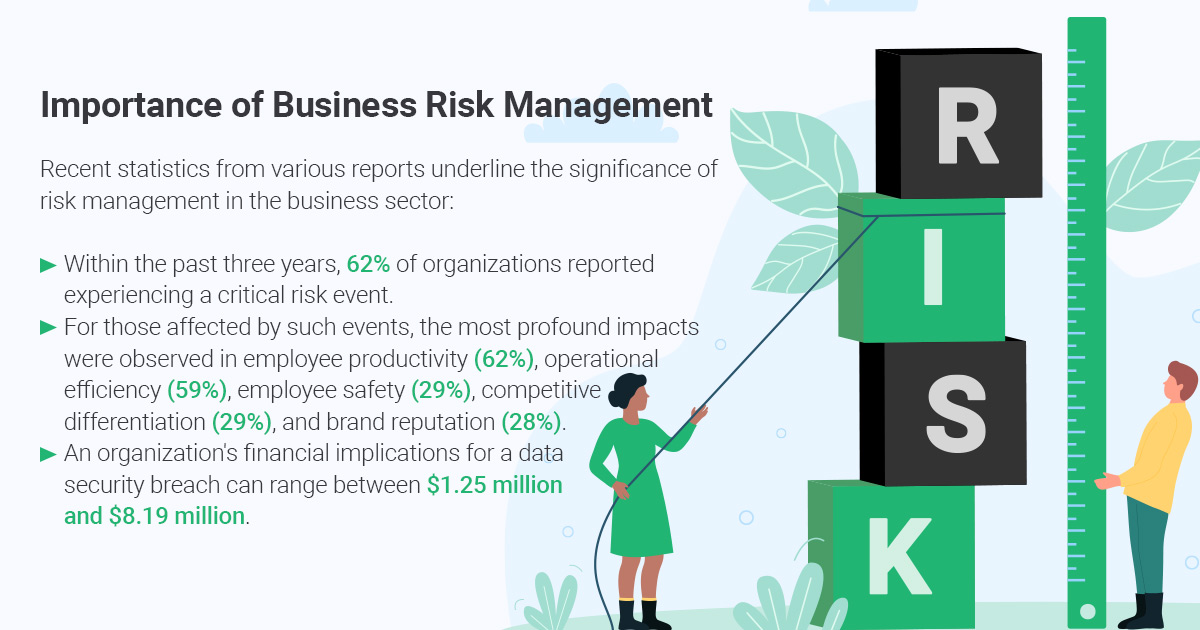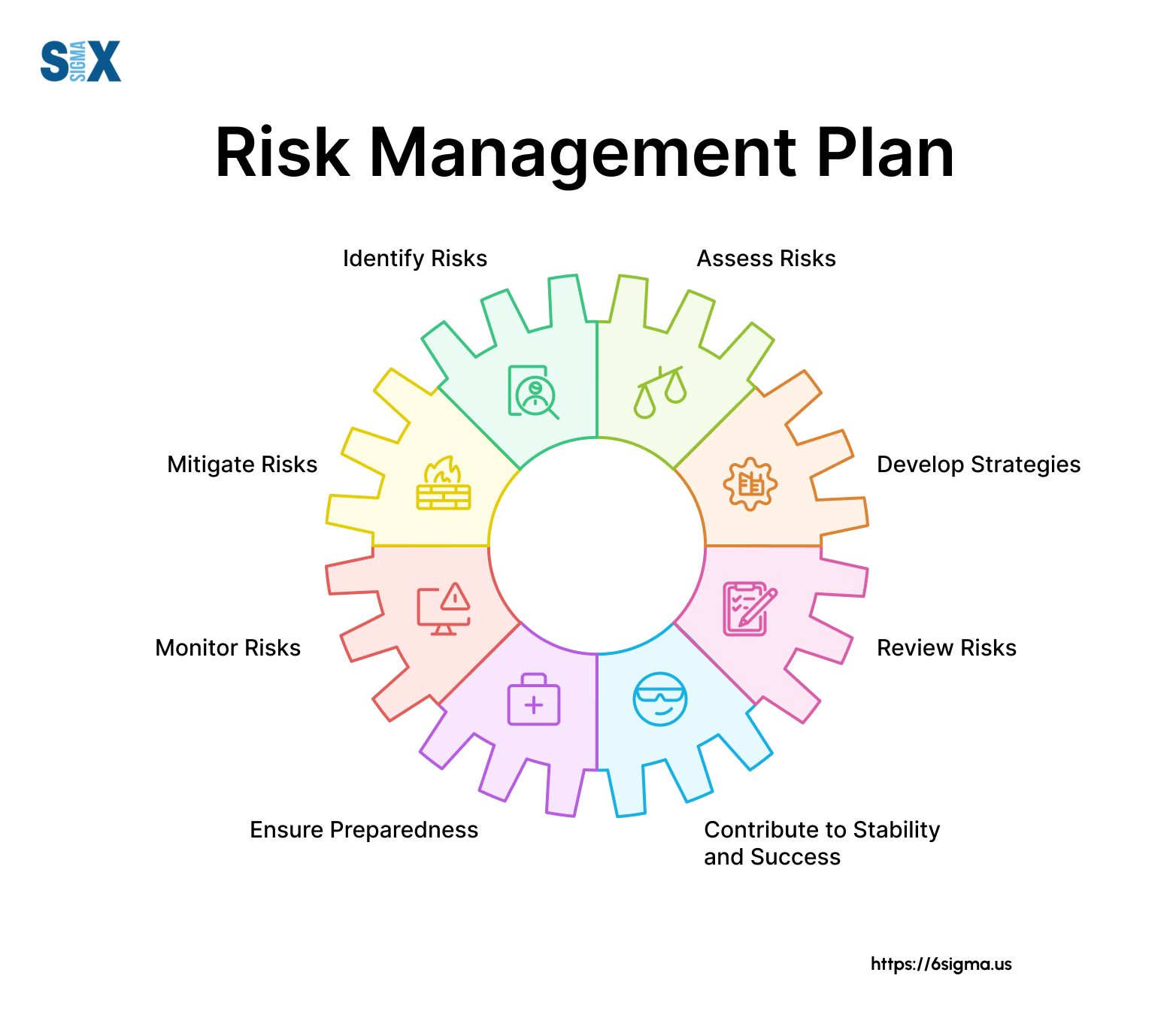The Rising Importance of Risk Management in Health and Safety
The Rising Importance of Risk Management in Health and Safety
Blog Article
The Value of Understanding the Value of Risk Management in Various Industries

The Core Concept of Risk Management and Its Objective
Risk Management, the keystone of numerous markets, hinges on the identification, assessment, and mitigation of unpredictabilities in an organization atmosphere. By correctly recognizing prospective risks, organizations can establish methods to either avoid these risks from occurring or decrease their effect. Once dangers have been identified and reviewed, the mitigation procedure includes developing strategies to minimize their potential effect.
Benefits of Implementing Risk Management in Organization Procedures

Unveiling the Role of Risk Management in Different Industries
While every market confronts its distinct collection of risks, the execution of Risk Management approaches remains a typical denominator in their search of sustainability and development. In the medical care sector, Risk Management entails guaranteeing client security and data defense, while in finance, it includes mitigating financial investment risks and ensuring regulatory conformity. Eventually, the function of Risk Management throughout sectors is to identify, evaluate, and reduce dangers.
Real-life Study Demonstrating Effective Risk Management
To understand the relevance of Risk Management in these numerous industries, one can look to numerous real-life instances that illustrate the successful application of these procedures. Toyota, publish the 2011 earthquake in Japan, changed its supply chain Management to reduce disturbance risks. These cases demonstrate exactly how sectors, learning from crises, properly used Risk Management methods to lower future risks.
Future Fads and Advancements in Risk Management Approaches
Cybersecurity, once a peripheral concern, has actually catapulted to the forefront of Risk Management, with techniques focusing on reaction, avoidance, and detection. The combination of ESG (Environmental, Social, Administration) elements into Risk Management is an additional growing fad, showing the increasing recognition of the duty that environmental and social threats play in company sustainability. Thus, the future of Risk Management exists in the blend of innovative innovation, cutting-edge methods, and an all natural technique.
Final thought
To conclude, recognizing the relevance of Risk Management throughout a spectrum Learn More of industries is important for their durability and success. Tailored approaches can aid minimize possible threats, protect assets, and foster stakeholder trust. Furthermore, aggressive decision-making help in regulatory compliance and enhances source use. Inevitably, effective Risk Management contributes to much more resilient and lasting services, highlighting the significance of this technique in today's highly competitive and vibrant service environment.
While every market faces page its distinct set of threats, the execution of Risk Management strategies stays a typical denominator in their search of sustainability and growth. In the medical care industry, Risk Management involves making certain client safety and data protection, while in financing, it includes mitigating financial investment threats and making certain governing compliance. Eventually, the function of Risk Management across markets is to recognize, assess, and minimize threats. These situations show how markets, learning from dilemmas, successfully applied Risk Management approaches to lower future risks.

Report this page